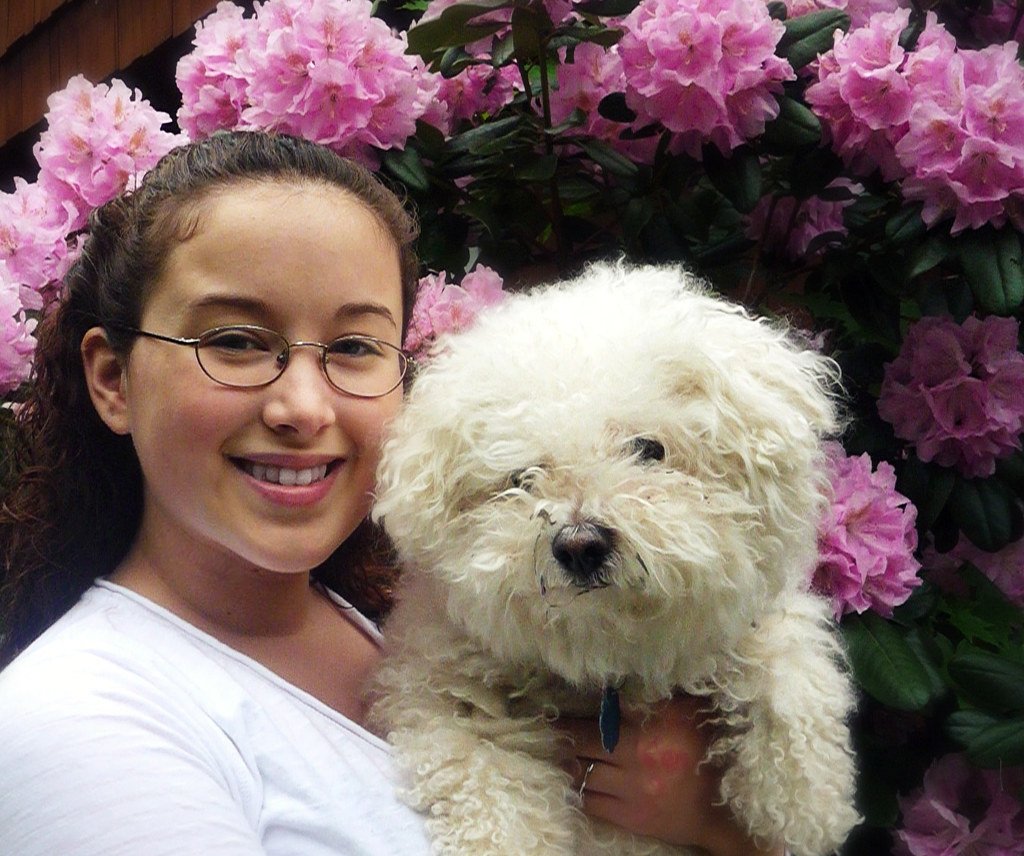Picture this: You’re scrolling through adorable dog photos online, falling head over heels for that fluffy Poodle or elegant Afghan Hound. Their gorgeous coats look like something out of a fairytale, making your heart skip a beat. But here’s what those Instagram-perfect shots don’t tell you – behind every stunning coat lies hours upon hours of dedicated grooming work that would make a professional stylist’s schedule look simple.
The truth about high-maintenance dog breeds isn’t meant to scare you away from these incredible companions. It’s about understanding what you’re truly signing up for when you bring home one of these beautiful, demanding pups. Some dogs need a quick weekly brush and occasional bath, while others require daily grooming sessions that can feel like a part-time job. Let’s dive into the breeds that will test your dedication to keeping them looking their absolute best.
1. Poodles: The Ultimate Hair Care Commitment
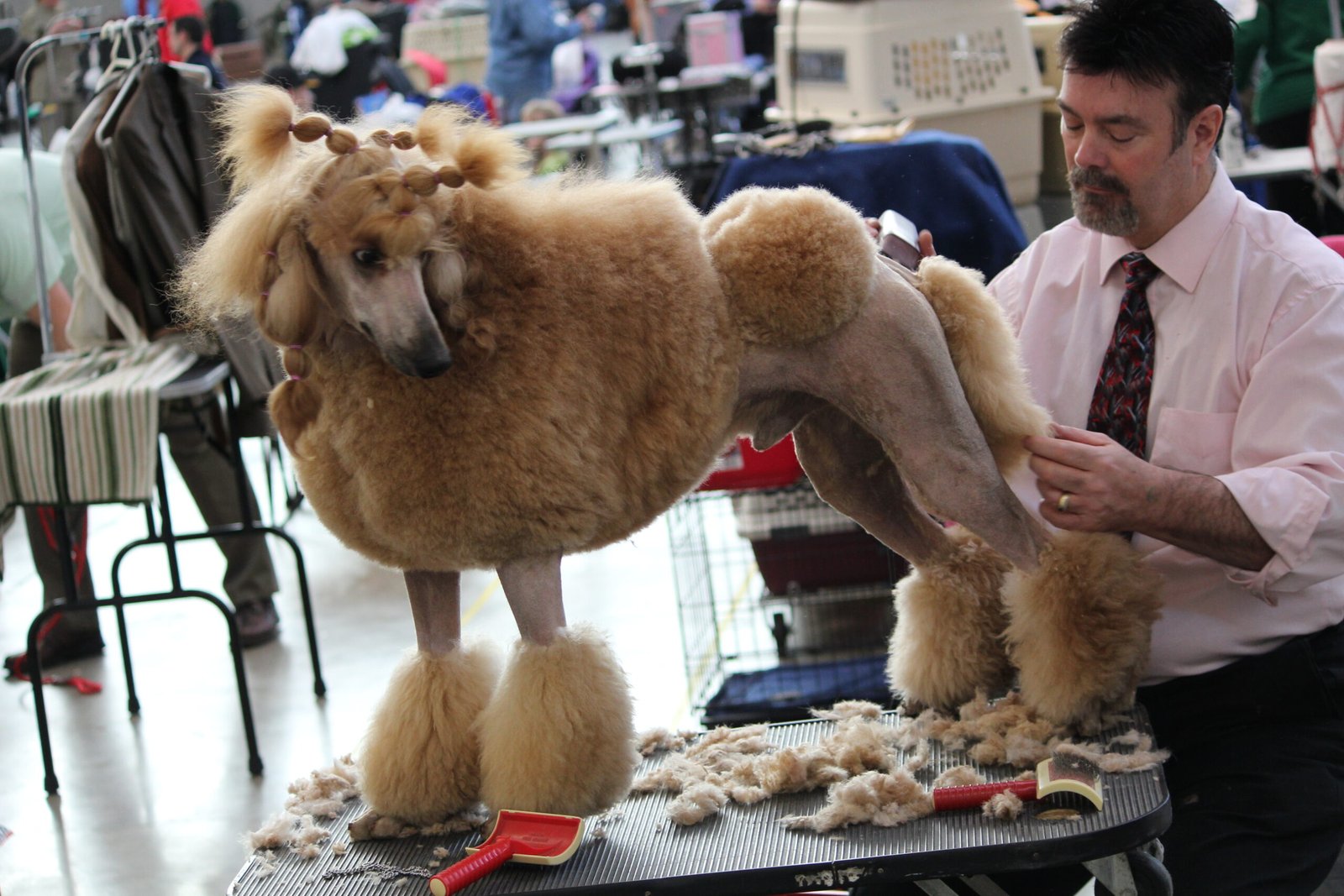
Poodles of all varieties are thought to be high-maintenance, and like humans, the Poodle has continuously growing hair, rather than the fur most breeds have. This means they require regular trims to keep their hair from growing too long and matting up. Your Poodle’s gorgeous curls aren’t just for show – they’re a full-time responsibility that demands your constant attention.
Poodles typically need grooming every 4-6 weeks, depending on their coat’s thickness and length. For poodles with particularly curly or thick coats, grooming every 2-4 weeks is recommended. Between professional grooming appointments, you’ll need to brush daily to prevent those dreaded mats from forming. The investment in professional grooming alone can range from sixty to over one hundred dollars per session, depending on your dog’s size and your location.
2. Afghan Hounds: Elegance Comes at a Price
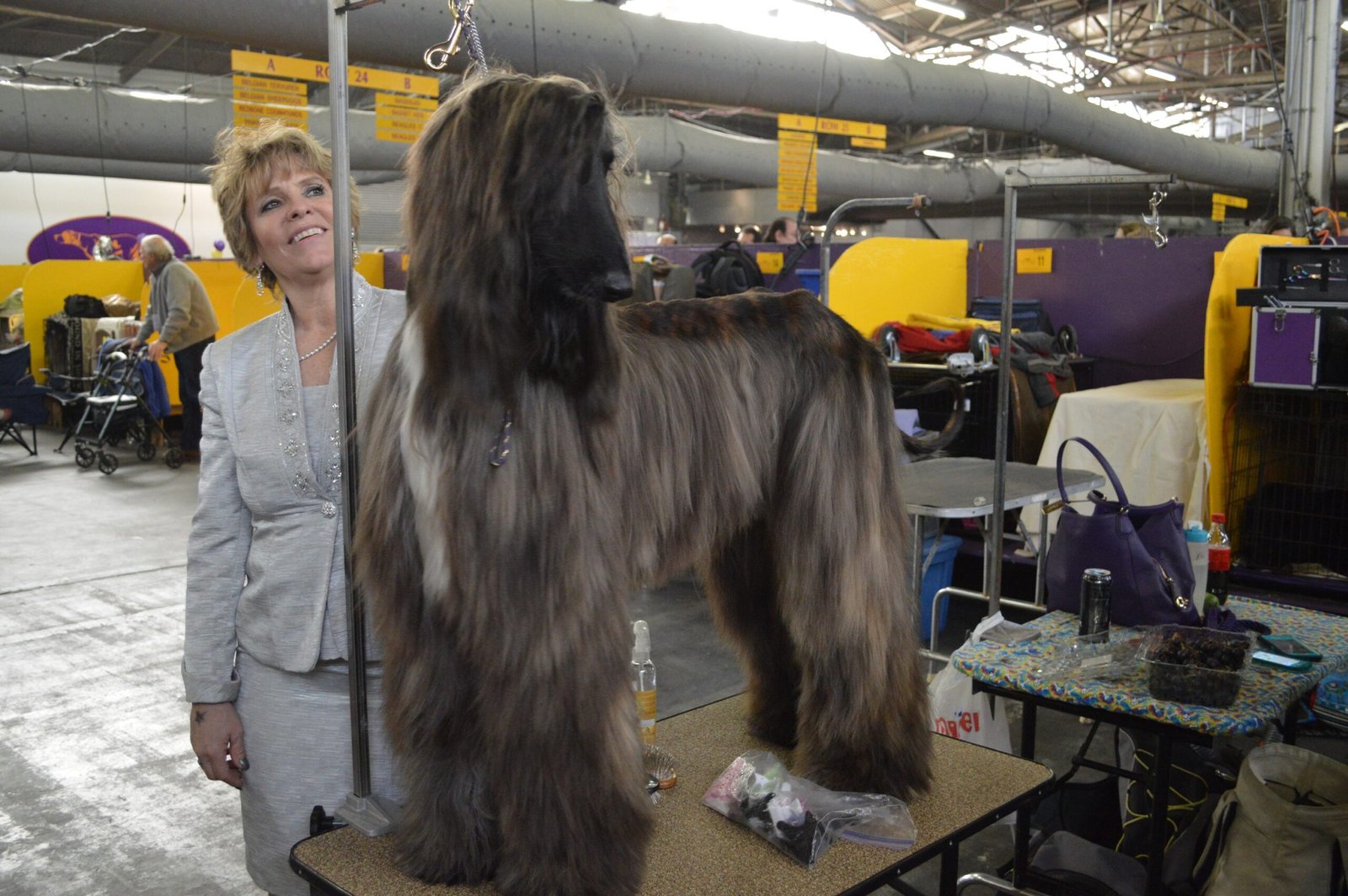
The long, flowing locks of the Afghan Hound require some special treatment to stay beautiful. These long-haired dogs should be bathed regularly, and it’s recommended they are only brushed when the hair is damp. If you thought your own hair routine was complicated, wait until you meet an Afghan Hound’s needs.
The Afghan Hound is a high-maintenance dog due to their coat – and it needs daily brushing, bathing once a week, drying carefully with a blow dryer or blaster, oil treatments, careful wrapping, clipping up out of the way, and snoods at mealtimes. Not only that, this is a breed that loves quick, crazy sprints and dog zoomies in the great outdoors. So, untangling, de-leafing, and leg-drying is going to be a daily and surprisingly time-consuming thing! Their adventurous spirit means you’ll constantly be removing twigs, leaves, and debris from their magnificent coat.
3. Old English Sheepdogs: Living with a Walking Carpet
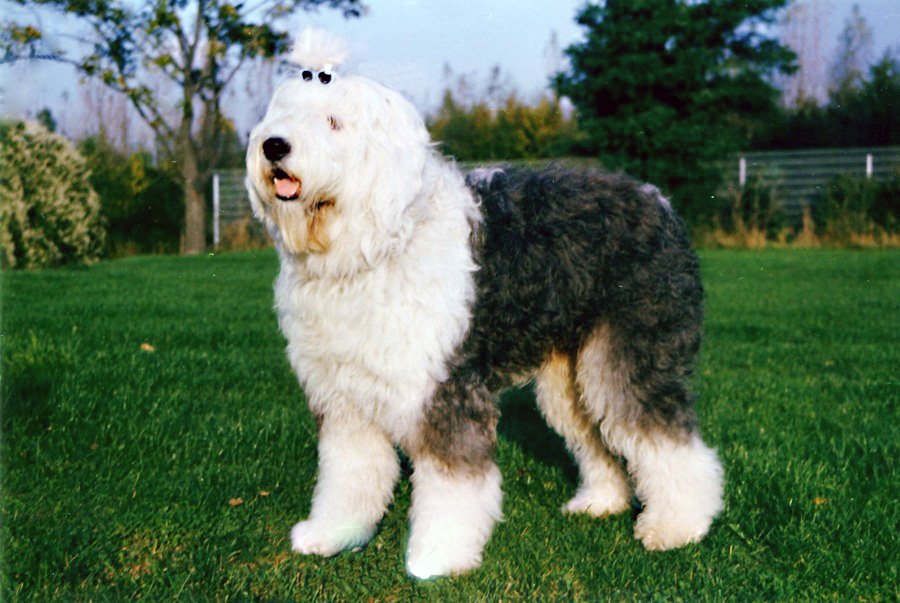
Old English Sheepdog is a breed that looks like a teddy bear due to its dense and thick coat. They require daily brushing and professional grooming to prevent tangles and mats. These lovable giants are essentially walking carpets that shed everywhere and collect everything in their path.
The rough, dense undercoat of the Old English Sheepdog requires extra care to stay free of mats and excess dirt. It’s recommended that this breed undergoes regular trips to the groomer every 4-6 weeks for brushing, bathing, and care of the coat. You’ll find yourself constantly vacuuming their hair from furniture, clothes, and every corner of your home. Their coats are magnets for dirt, mud, and anything they can possibly roll in during their outdoor adventures.
4. Maltese: Tiny Dogs with Giant Grooming Needs
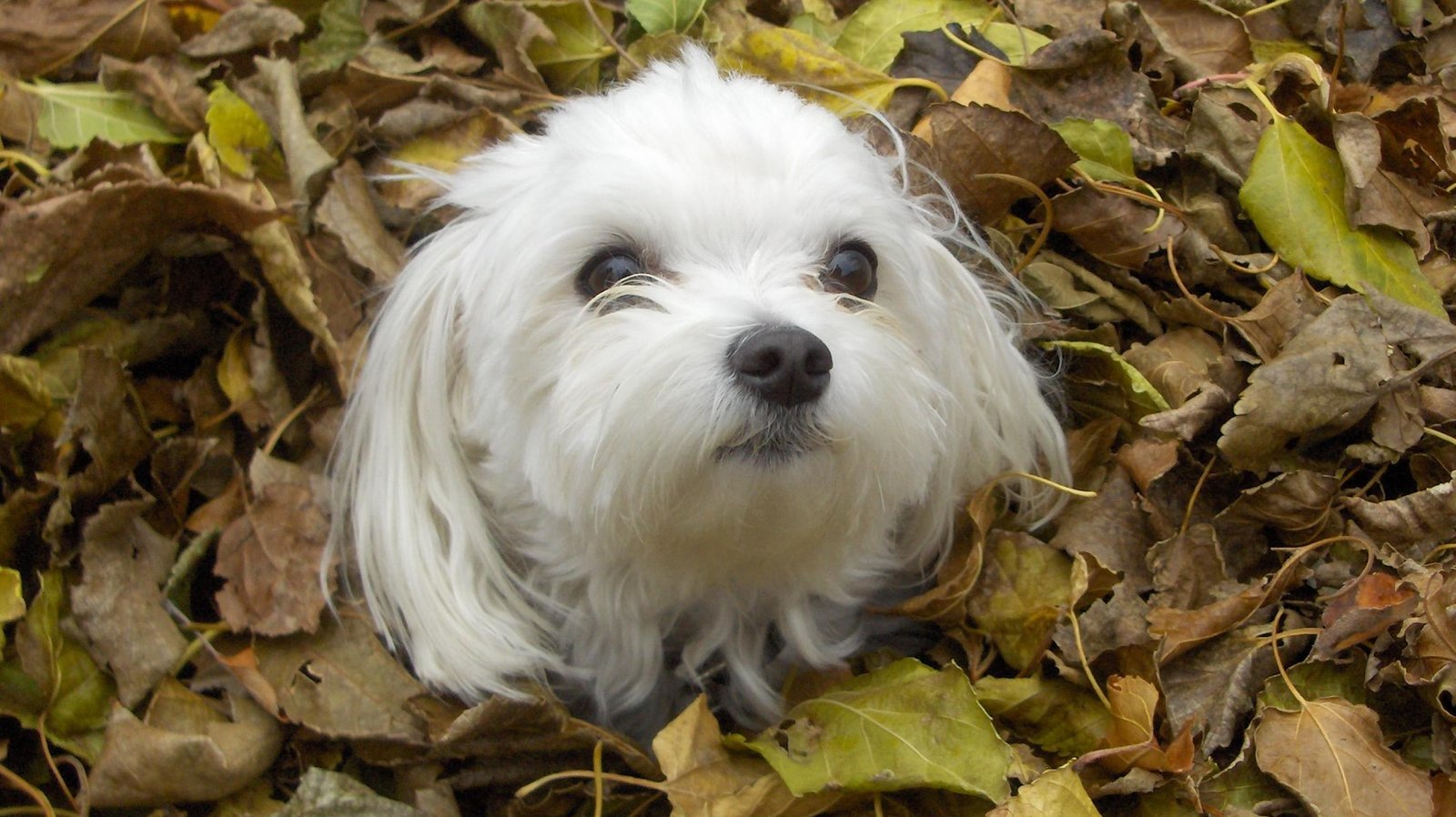
Maltese dogs have a silky white coat that requires extensive grooming. The coat of these pint-sized dogs attracts dirt like a magnet. They are the true aristocrats who require regular brushing, frequent baths, eye cleaning, and professional grooming to keep their coats in top-notch condition. Don’t let their petite size fool you – these little angels demand more grooming time than many large breeds.
To prevent their snow-white fur from turning yellow or brown, daily brushing, wiping of tear stains, and washing with a brightening shampoo (for dogs) is recommended. Tear staining is a constant battle with Maltese dogs, requiring daily attention to keep their faces looking pristine. Their white coats show every speck of dirt and require frequent professional grooming to maintain their show-stopping appearance.
5. Cocker Spaniels: Beautiful but High-Maintenance
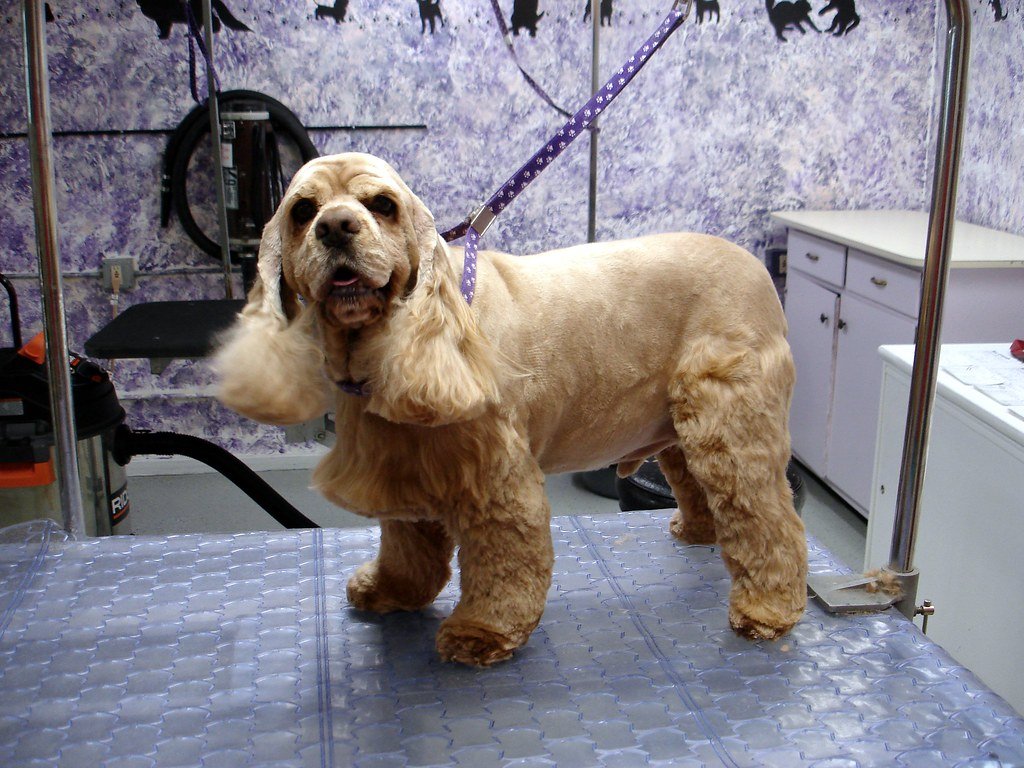
Cocker Spaniels require regular care and grooming even if they aren’t in the show ring. Their fluffy coats should be bathed and trimmed every 4-6 weeks. In addition, their long ears are more prone to ear infections and should be cared for weekly to avoid problems. These gorgeous sporting dogs come with grooming challenges that extend far beyond their lovely coats.
Cocker Spaniels prone to separation anxiety and have intensive grooming requirements. Their thick hair needs daily brushing and trimming from a groomer every 4-6 weeks and their fuzzy, floppy ears make them highly prone to ear infections. The combination of frequent professional grooming, daily brushing, and constant ear care makes Cocker Spaniels one of the most demanding breeds to maintain. Their emotional needs for companionship add another layer of complexity to their care.
6. Shih Tzus: Royal Treatment Required
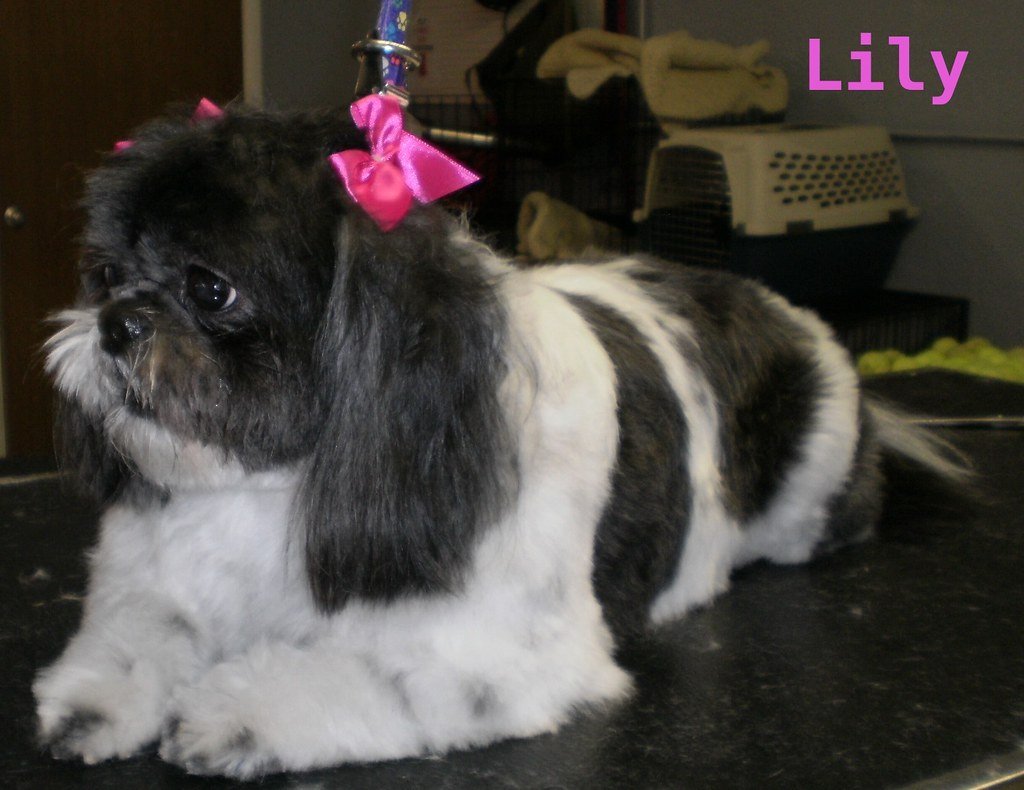
Shih Tzus are considered high-maintenance primarily due to their grooming needs. Their luxurious double coat grows continuously and tangles easily, requiring daily brushing and regular trips to the groomer. These little emperors weren’t kidding around when they demanded royal treatment throughout history.
Similar to the Afghan Hound, the Shih Tzu requires regular brushing and grooming to keep their long locks in good shape. PDSA recommends professional grooming for your Shih Tzu every six to eight weeks. Without daily brushing, their coat transforms into a matted mess that can be painful to remove. Many owners opt for shorter “puppy cuts” to reduce the grooming burden, but even these require professional maintenance every few months.
7. Bichon Frises: Fluffy Clouds with Big Needs
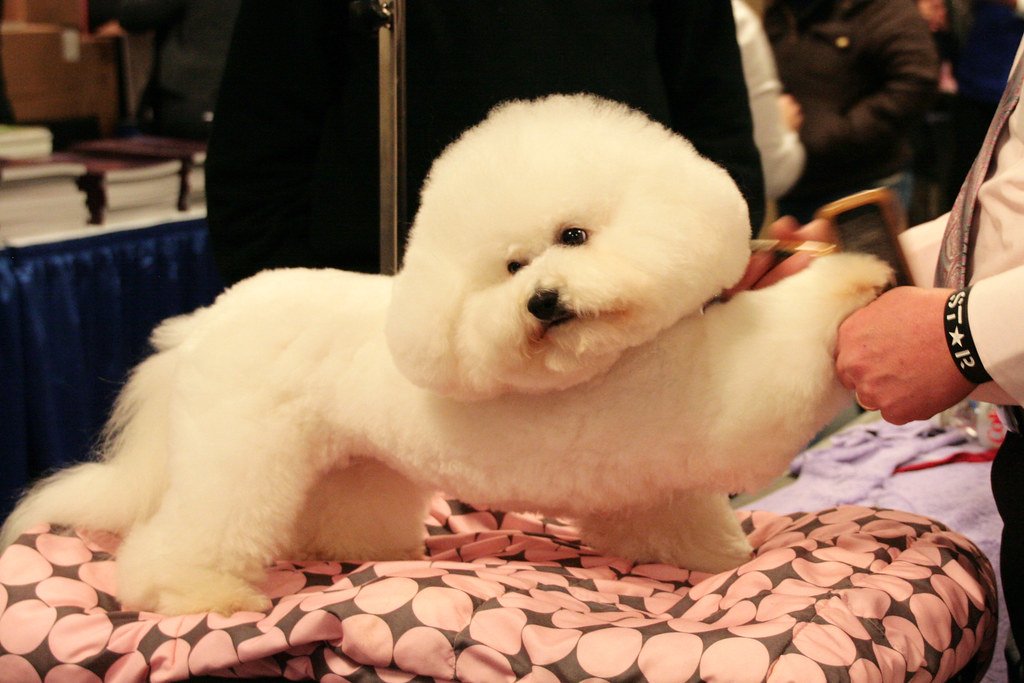
Bichons have soft, curly coats that require constant grooming to prevent matting. They need professional grooming every 4–6 weeks. These dogs are sociable and thrive on companionship, which means they may develop separation anxiety if left alone too often. These adorable white puffballs look like living stuffed animals, but maintaining their cloud-like appearance is no child’s play.
Bichon Frises have a fluffy, white coat that is soft to the touch and gives them a charming appearance. Their double coat requires daily brushing to prevent mats from forming close to the skin. The grooming process is time-consuming and can be expensive, with professional grooming sessions needed frequently to maintain their signature “powder puff” look.
8. Portuguese Water Dogs: Athletic but Demanding
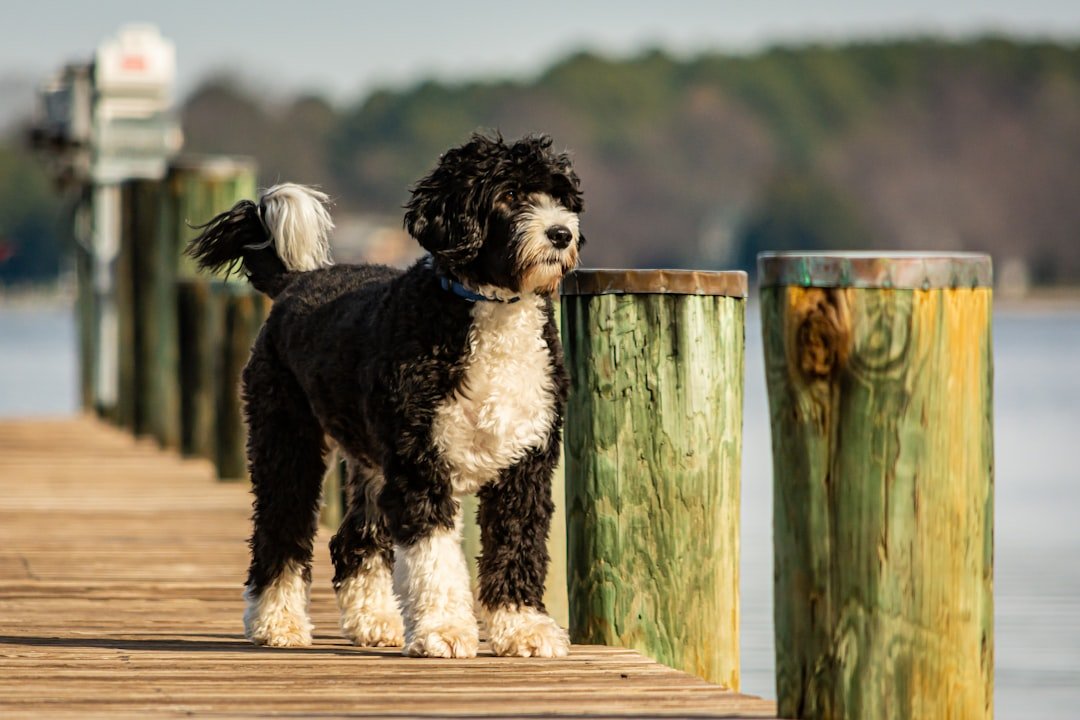
Having hair rather than fur, their coats continually grow and, therefore, require regular brushing, bathing, and trimming. The Portuguese Water Dog’s thick, curly coat requires frequent grooming to prevent matting. These athletic water dogs might be tough in the ocean, but their coats are surprisingly delicate and demanding.
Their working dog heritage means they’re active and love to get dirty, making the grooming challenge even more complex. You’ll spend considerable time removing salt, sand, and debris from their thick, curly coats after any water activities. The contrast between their rugged work ethic and high grooming needs makes them particularly challenging for busy owners.
9. Yorkies: Small Dogs, Big Grooming Bills
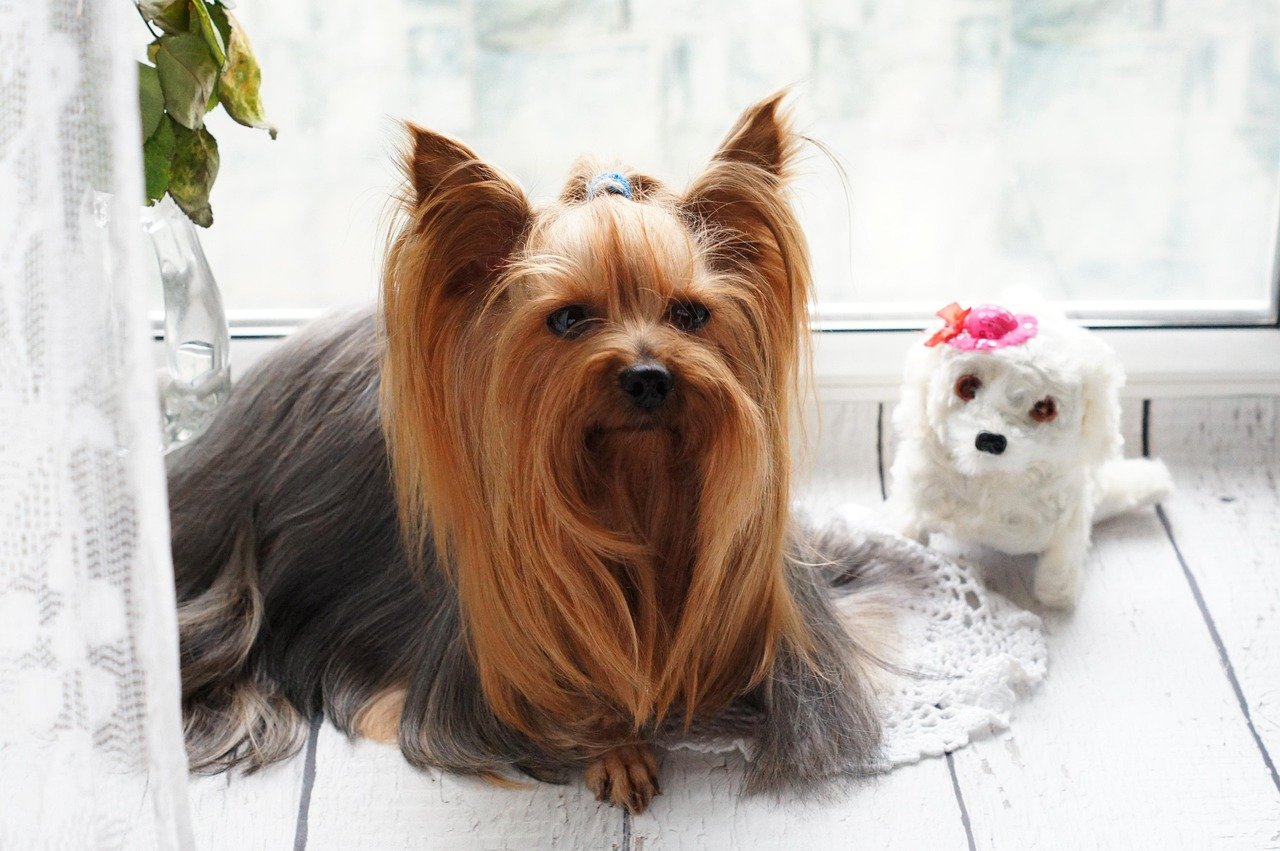
The little dog’s coat can be smooth, silky, wavy, or spiky – much like human hair – but their delicate features always demand careful attention. “Grooming a Yorkie is tricky because the clipper’s almost half their size,” says Taylor. These tiny terriers pack enormous grooming requirements into their pocket-sized frames.
Their hair texture resembles human hair more than traditional dog fur, which means it requires similar care and attention. Professional grooming becomes especially challenging due to their small size, requiring groomers with specialized skills and extra patience. Many Yorkies develop anxiety around grooming due to their delicate nature and the intensive handling required.
10. Labradoodles: The Grooming Surprise
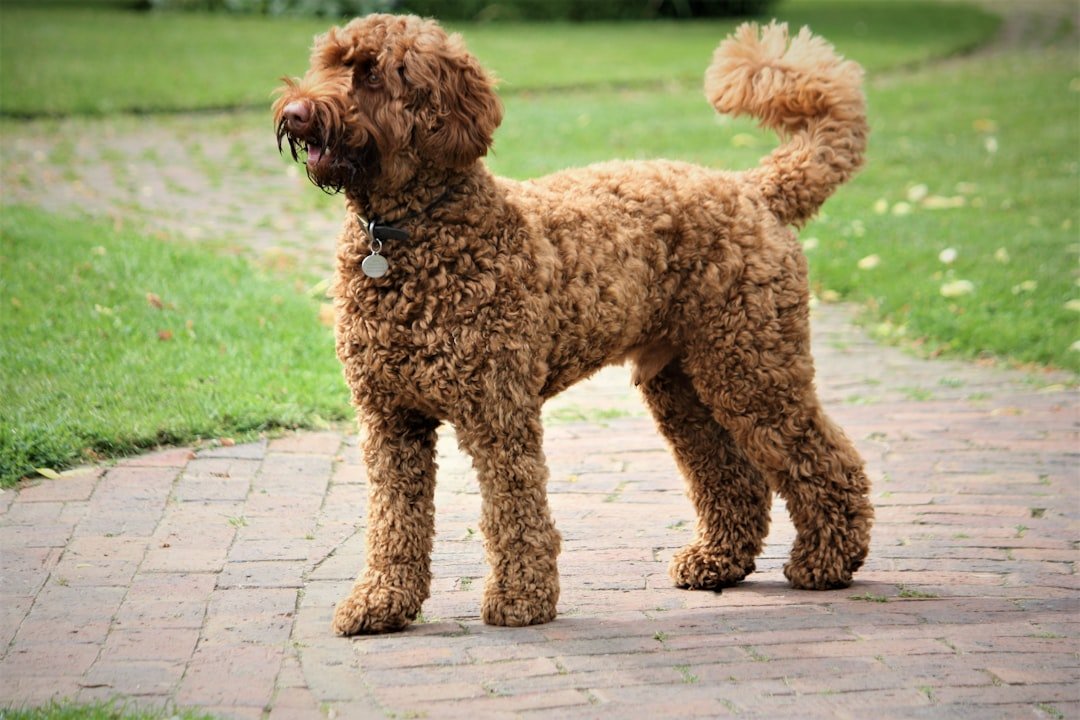
Originally a cross between the Labrador Retriever and Poodle, Labradoodles have acquired coat traits from both parent breeds. This means they tend to have longer, curly coats that require daily brushing to keep from matting and balling up. They also benefit from regular hair trims. Many people choose Labradoodles thinking they’re getting an easy-care family dog, but they’re in for a grooming shock.
Labradoodles are a bouncy, high-energy breed with time consuming training and exercise requirements. Depending on what kind of coat they have inherited from their parents, the Labradoodle could need daily down-to-the-skin grooming to avoid matting – even if clipped fairly short – and possibly a regular professional top-up. The unpredictability of their coat inheritance means some Labradoodles end up with the most demanding aspects of both parent breeds. Their popularity has led many unsuspecting families to underestimate the grooming commitment involved.
Conclusion: Love Them or Leave Them?
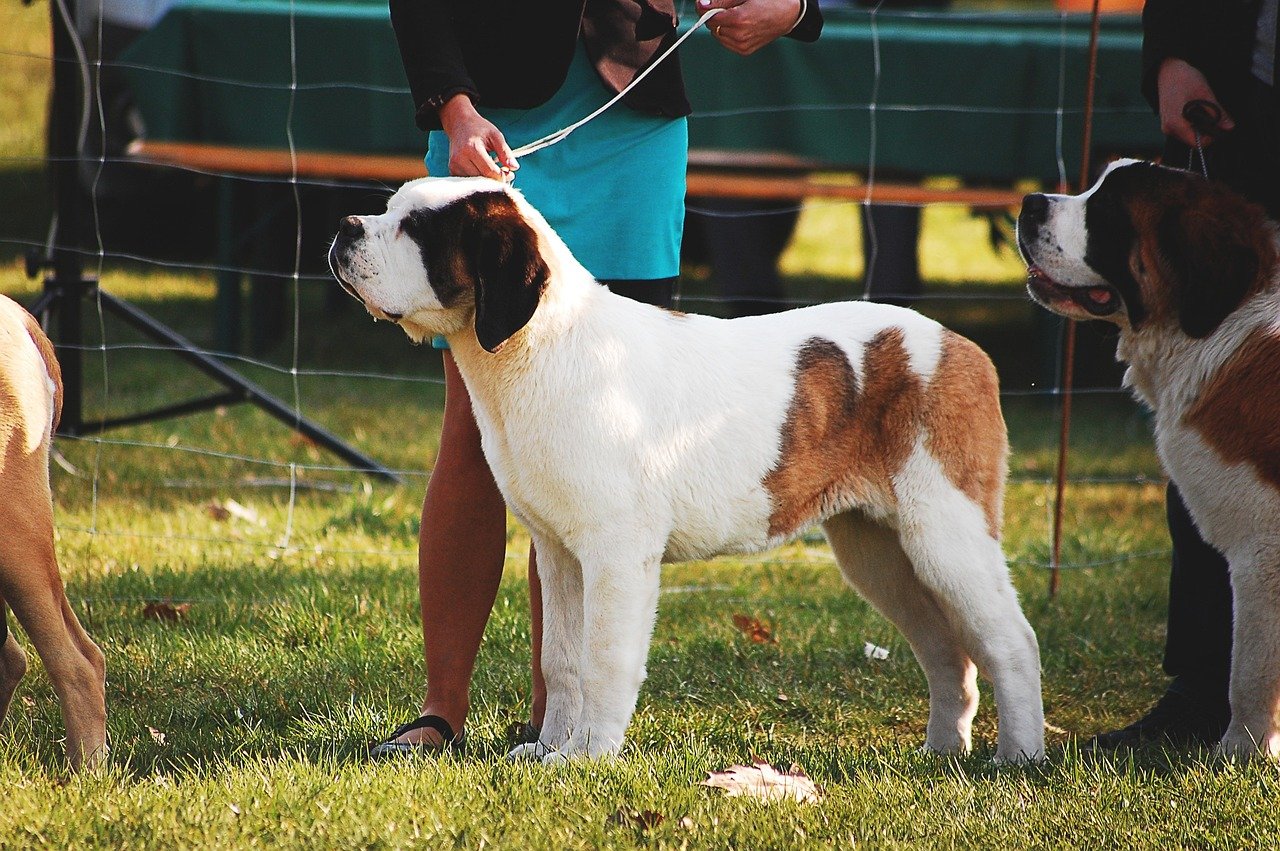
These high-maintenance breeds aren’t trying to make your life difficult – their grooming needs are simply part of who they are. Each of these dogs was bred for specific purposes that often required their distinctive coats, whether for protection in harsh weather, swimming in cold water, or simply looking beautiful for royalty.
Before falling in love with any of these breeds, honestly assess your lifestyle, budget, and patience levels. Professional grooming costs can easily reach hundreds of dollars monthly, and daily home maintenance is non-negotiable. However, for those willing to commit, these breeds offer unmatched beauty, intelligence, and companionship that makes every grooming session worthwhile.
The bond you’ll develop during regular grooming sessions is incredibly special – it’s intimate time spent caring for your dog’s well-being while strengthening your relationship. So, are you ready to embrace the grooming challenge, or should you consider a lower-maintenance breed instead?

Esther is from India; the heartbeat of South Asia, holding a Master’s degree in Zoology and a postgraduate diploma in Animal Welfare. Her enthusiasm for animal welfare drives her passion and dedication to working for animals, ensuring their well-being, and advocating for their rights. With a solid academic background and hands-on experience, she is committed to making a positive impact in the field of animal welfare. In her free time, she enjoys embroidery and sewing. As a Chennaite from Tamil Nadu, Esther loves Bharathanatyam, an Indian classical dance form.

